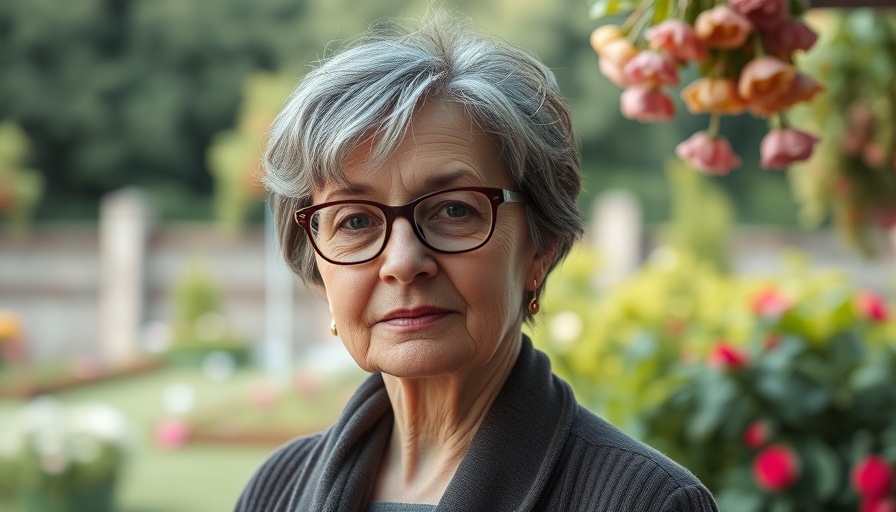
An Alternative Medicine Journey: Ula Brown's Story
In the realm of alternative and complementary medicine, Ula Brown's story stands out. Raised in a household with a strong belief in natural remedies, Ula had always relied on non-conventional health practices. This perspective was tested when she received a breast cancer diagnosis three years ago. Despite her inclination towards alternative treatments, consultations with integrative doctors and a naturopath pointed her towards chemotherapy as the best option. Ula’s experience underscores the emotional and psychological challenges patients face when bridging belief systems and proven medical advice.
Historical Context and Background
The use of alternative medicine has deep historical roots, often tied to cultural traditions. Throughout history, communities have utilized herbs, acupuncture, and homeopathy for healing. However, as medical technology advanced, these traditional practices often took a back seat to scientifically validated treatments. Today, there's a growing movement embracing a more holistic view of health, integrating both medical science and traditional practices. Ula's journey reflects this evolving landscape, where individuals navigate the crossover of conventional and complementary medicine.
Future Predictions and Trends
The future of medicine appears to be a blend of conventional and alternative approaches. As the demand for personalized healthcare rises, more practitioners are exploring integrative medicine — combining traditional and modern treatments to cater to the whole person. With increasing research into alternative therapies’ efficacy, there's potential for more comprehensive healthcare plans that respect individual health beliefs while ensuring effective treatment outcomes.
Counterarguments and Diverse Perspectives
Critics of alternative medicine often highlight its lack of scientific evidence. However, proponents argue that conventional medicine sometimes overlooks the patient's holistic needs. Ula's story illustrates this tension, emphasizing the need for open communication between patients and healthcare providers. Encouraging dialogue allows for the appreciation of diverse therapeutic approaches while safeguarding health through proven interventions.
 Add Row
Add Row  Add
Add 




Write A Comment